
Amid rising trade tensions, the United States and China negotiated in Geneva, Switzerland, and reached a temporary agreement to reduce reciprocal import tariffs within 90 days from May 14. Washington reduced tariffs from 145% to 30% on Chinese goods, while Beijing reduced tariffs from 125% to 10% on American goods.
Immediately after the agreement was announced, importers, manufacturers, and businesses quickly increased their orders from China to the United States, taking advantage of the low tariffs during the 90-day period before the next possible tariff increase. US businesses, especially the retail sector, also took advantage of this opportunity to rush to stock up on goods for the peak shopping season of Black Friday and Christmas, leading to fluctuations in shipping demand.
Portless - a business specializing in supporting the import of goods from China via air freight, said that US online brands are ordering more summer products such as: Swimwear, sandals, sunscreen...
Retailers like Walmart and Target immediately adjusted their sourcing strategies to cope with the tax fluctuations and consumer demand.
The surge in imports has strained logistics systems. Data from container tracking firm Vizion shows that in the week beginning May 5 (the day after the tariff deal was announced), container bookings from China to the United States jumped 277% compared to the previous week.
German container shipping company Hapag-Lloyd also reported that bookings for its China-US route increased by 50% in the first few days of this week compared to last week. Seeing a significant increase in demand for cargo to the US, shipping lines have increased their rates. According to the Wall Street Journal, shipping rates to the US West Coast have increased by 8% this week and are expected to increase by 50% in the next 10 days.
In the United States, major ports such as Los Angeles and Houston have seen a surge in imports in recent days, leading to congestion and overcrowding. The number of ships and the volume of cargo arriving at ports are expected to increase sharply in the coming weeks, as ships typically take four to six weeks to travel from Asia in general and China in particular to the United States. Many importers also use bonded warehouses to store goods, delaying the payment of taxes before bringing goods to the domestic market.
Although the temporary agreement provides short-term opportunities for importers as mentioned above, the negative impact of tariff barriers on trade is still very clear, according to observers. Los Angeles Port Authority CEO Gene Seroka said that although the temporary tax reduction will help increase the volume of goods in the short term, imports of goods into the United States in May 2025 will decrease by 25% compared to the same period last year.
Similarly, Global Port Tracker forecasts that imports of goods into the United States in May are expected to reach 1.66 million TEUs (20-foot container equivalent units), down 20.5% year-on-year, marking the end of a 19-month streak of consecutive increases.
The main reason is that many businesses have stopped or canceled new orders after previous rounds of stockpiling. In fact, many businesses have temporarily suspended orders after US President Donald Trump imposed tariffs totaling 145% on April 9. According to data from Vizion, container bookings from China to the US fell by nearly 50% in the last week of April. The short-lived surge in imports has impacted the US retail market. Retail sales rose 1.7% in March as consumers rushed to buy before the tariff increase, but then rose just 0.1% in April, reflecting a slowdown due to concerns about prices and inflation.
Faced with these uncertain developments, many experts warn that continuing to react to the US-China trade war as an on-off switch will lead to unpredictable consequences, especially supply chain disruptions. In such a context, to ensure sustainable business operations in the future, governments and businesses need to have a flexible, long-term strategy to effectively deal with policy fluctuations, especially tariffs.
Source: https://hanoimoi.vn/hang-hoa-do-ve-hoa-ky-khi-thue-quan-noi-long-tranh-thu-khe-cua-hep-702535.html











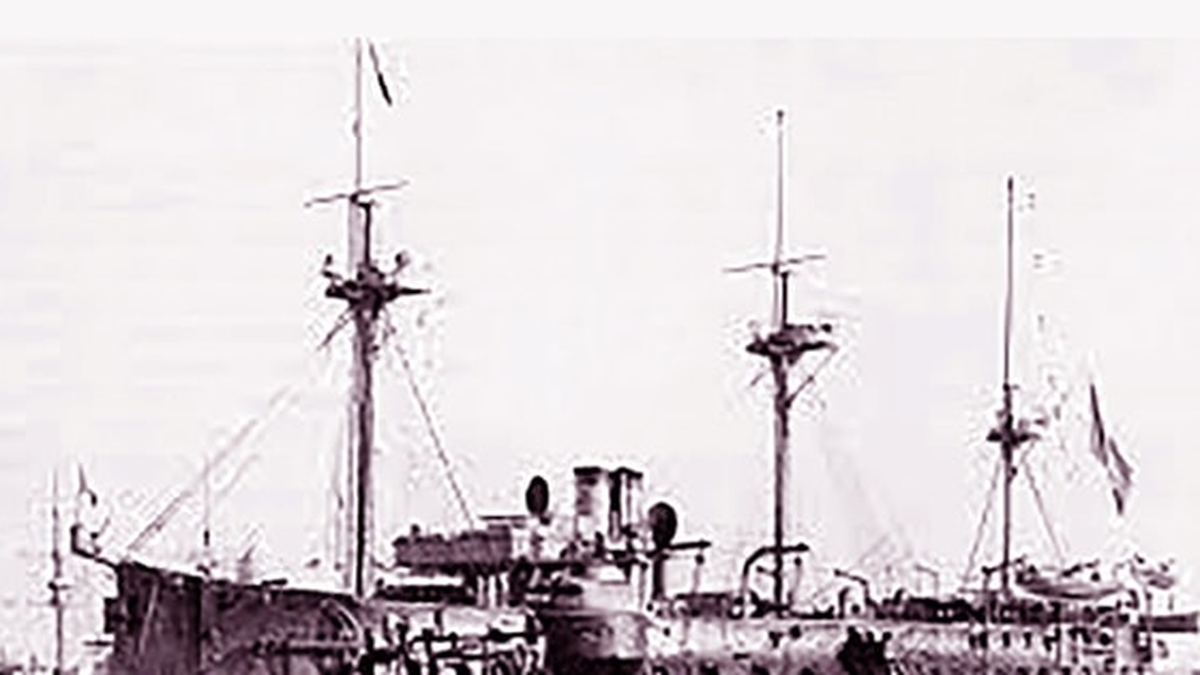
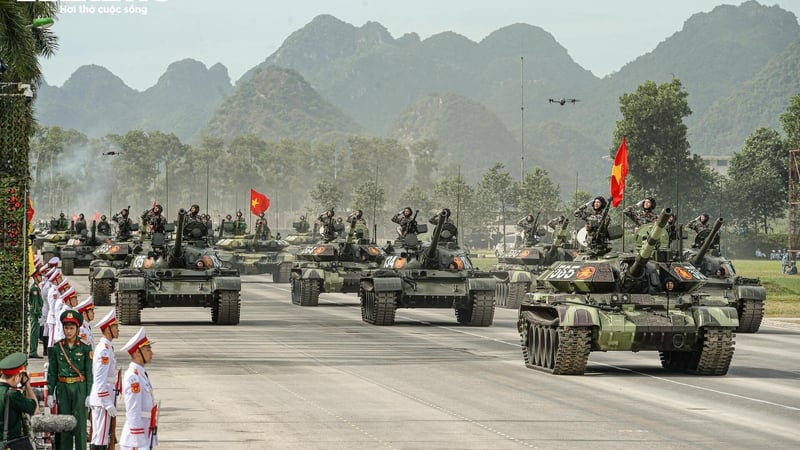















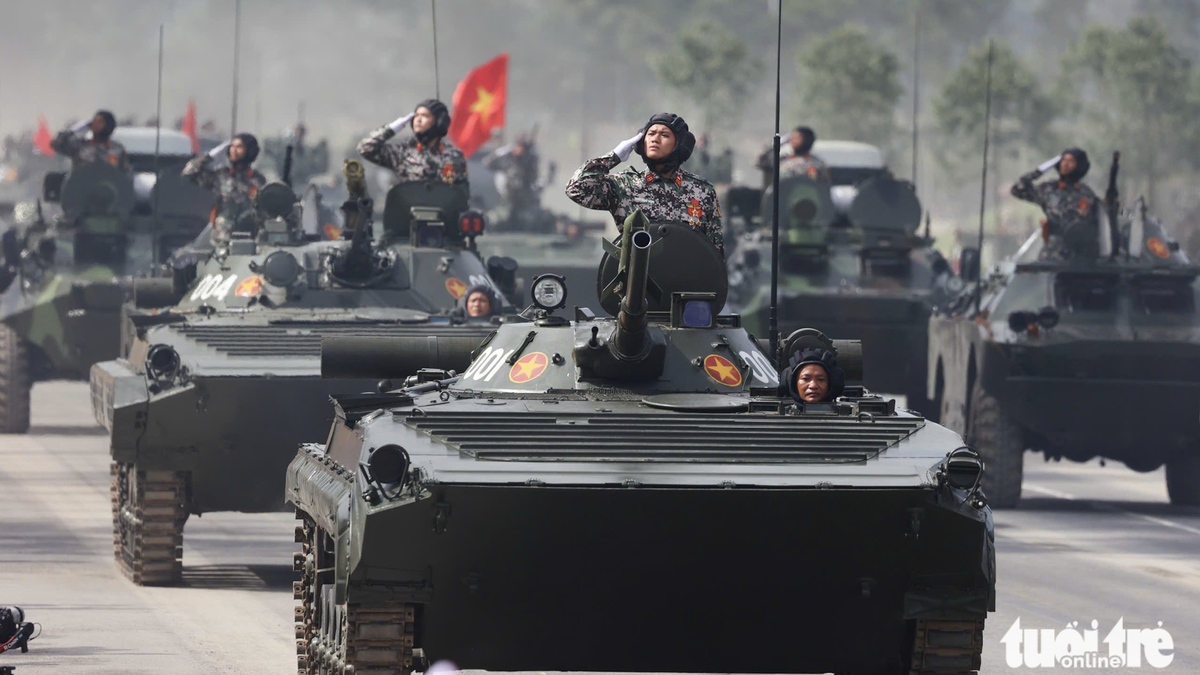



























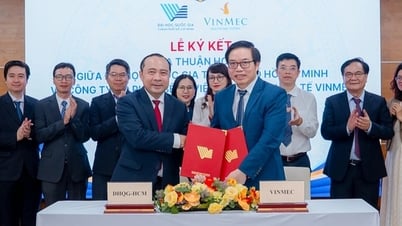


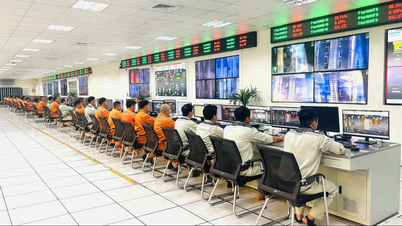



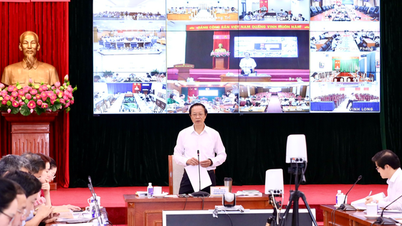









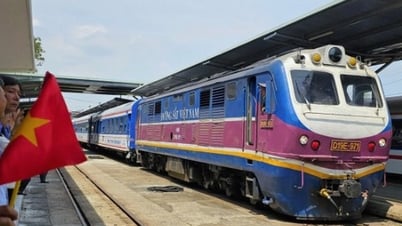
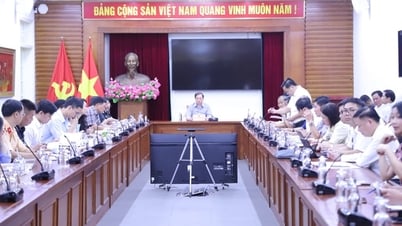










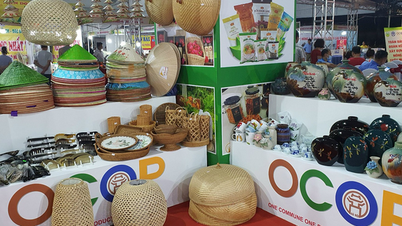












Comment (0)